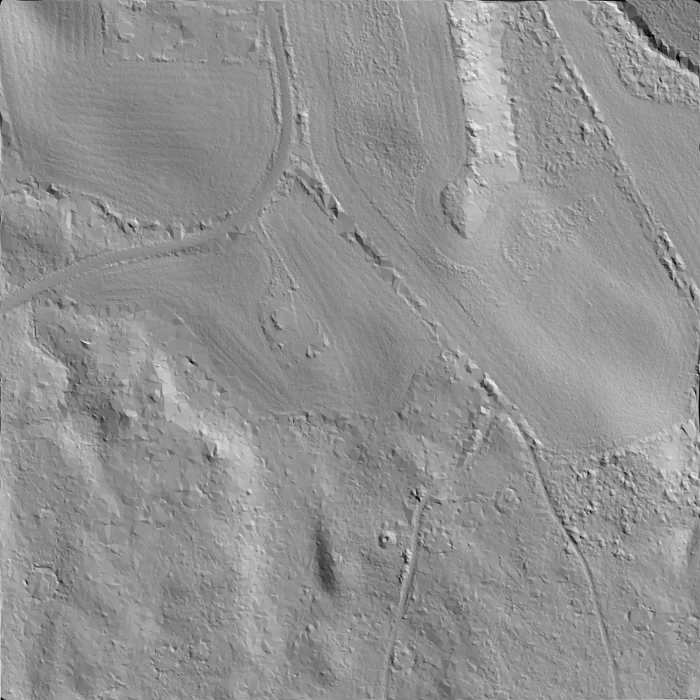Cultural remains are laborious to register by means of field surveys. Thus, in recent years several trials using remote sensing data to detect cultural remains have been carried out. The most promising remote sensing technique for such purposes is airborne laser scanning (ALS) from which digital terrain models (DTM) that enable visual interpretations of anomalies on the ground are generated. Although it has been documented previously that ALS is a powerful data source for detection of cultural remains, it has not yet been carried out studies that focus on the effects of the point density of the ALS data and properties of the subsequent generation of the DTM on the detection success of cultural remains. Thus, the study published in Journal of Archaeological Science aimed at analyzing these effects by letting four experienced archeologists interpret DTMs generated from ALS data with point densities of 1 p m-2, 5 p m-2, and 10 p m-2, each with three different levels of DTM smoothing.
The experiment was conducted according to a randomized complete block design and the analyses were carried out using analysis of variance. The results showed that there was a significant improvement in the detection success when the point density was increased from 1 p m-2 to 5 p m-2. There were also some improvements when increasing the point density further to 10 p m-2, but they were less pronounced. Furthermore, the results showed that the DTM smoothing did not have any significant effect on the detection success.

